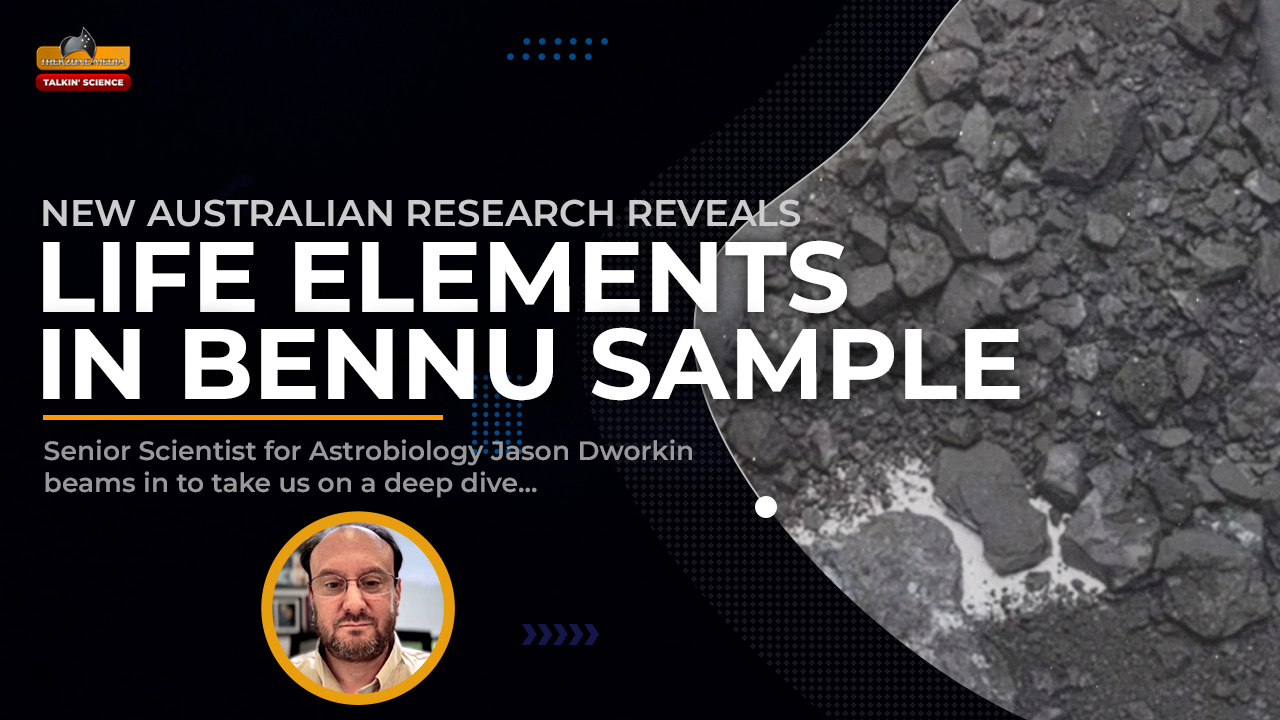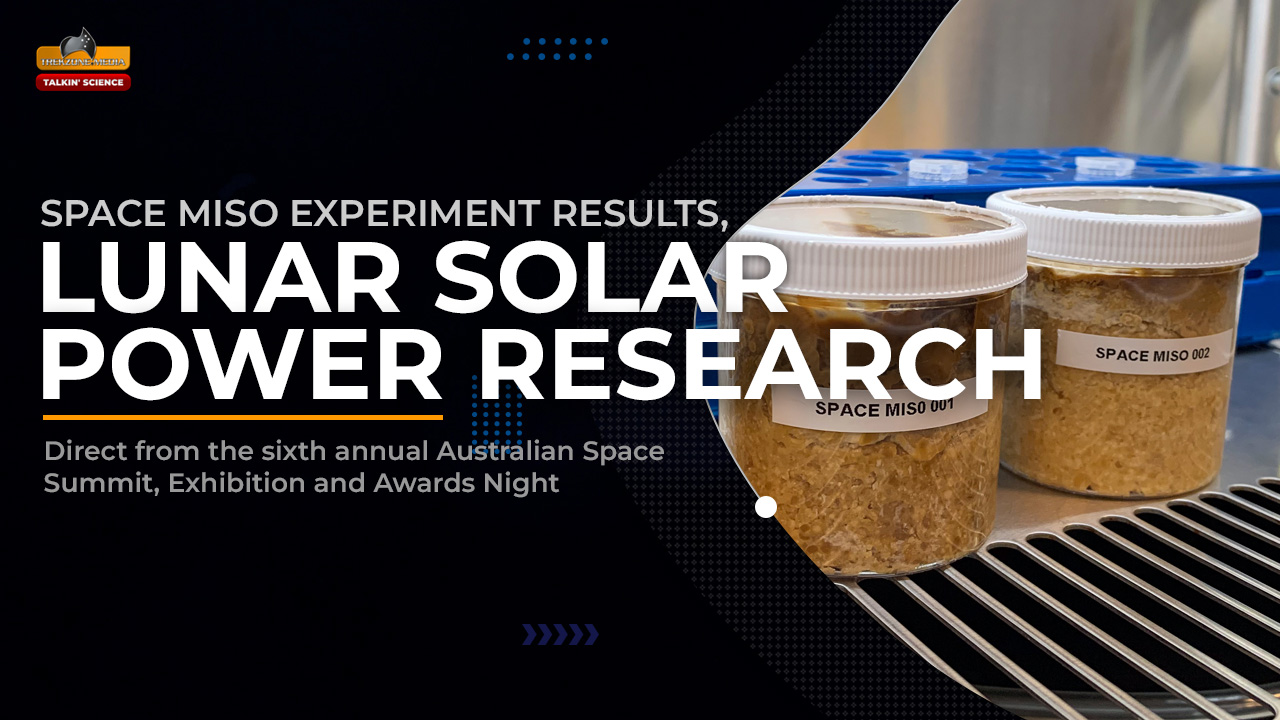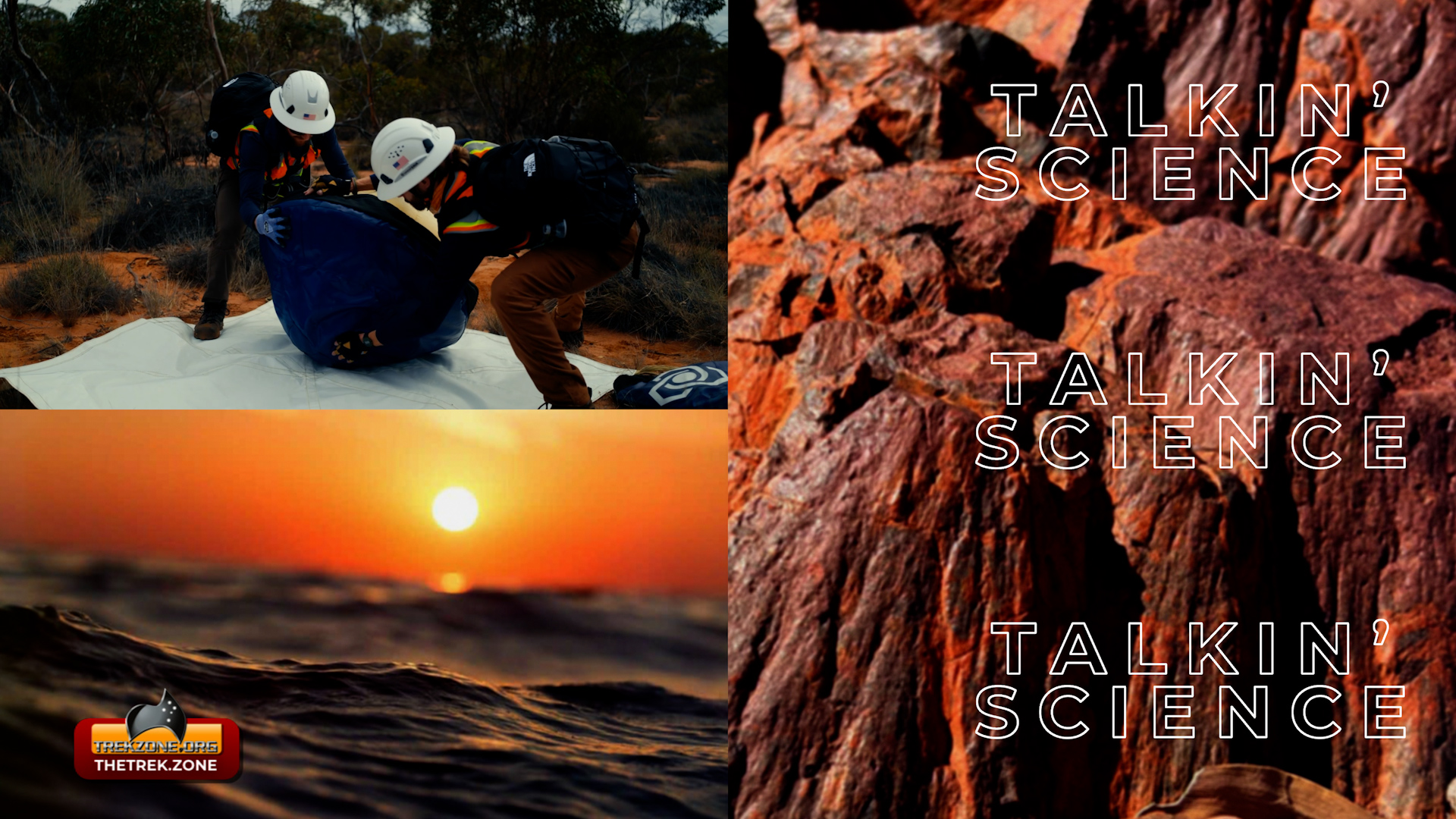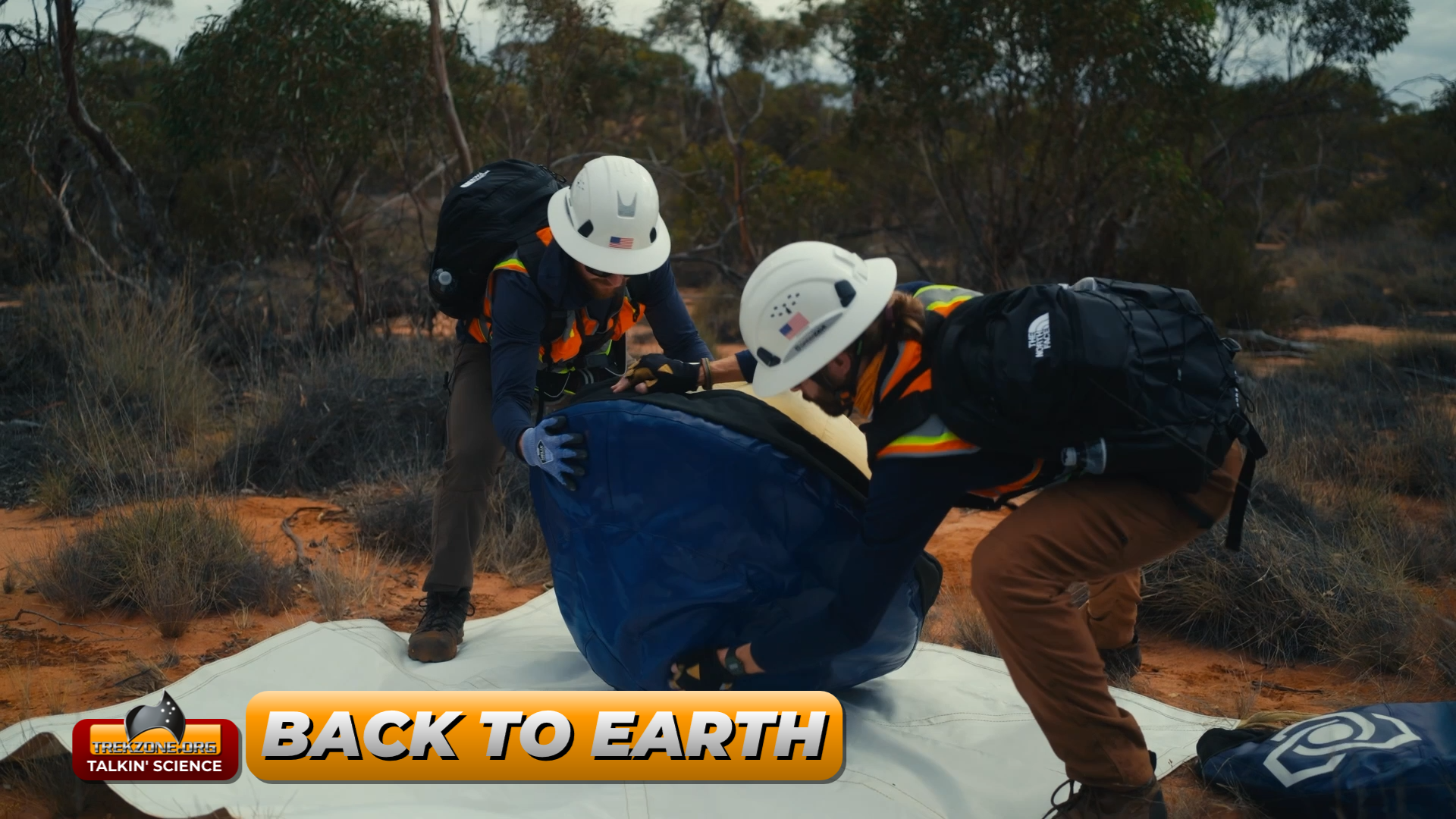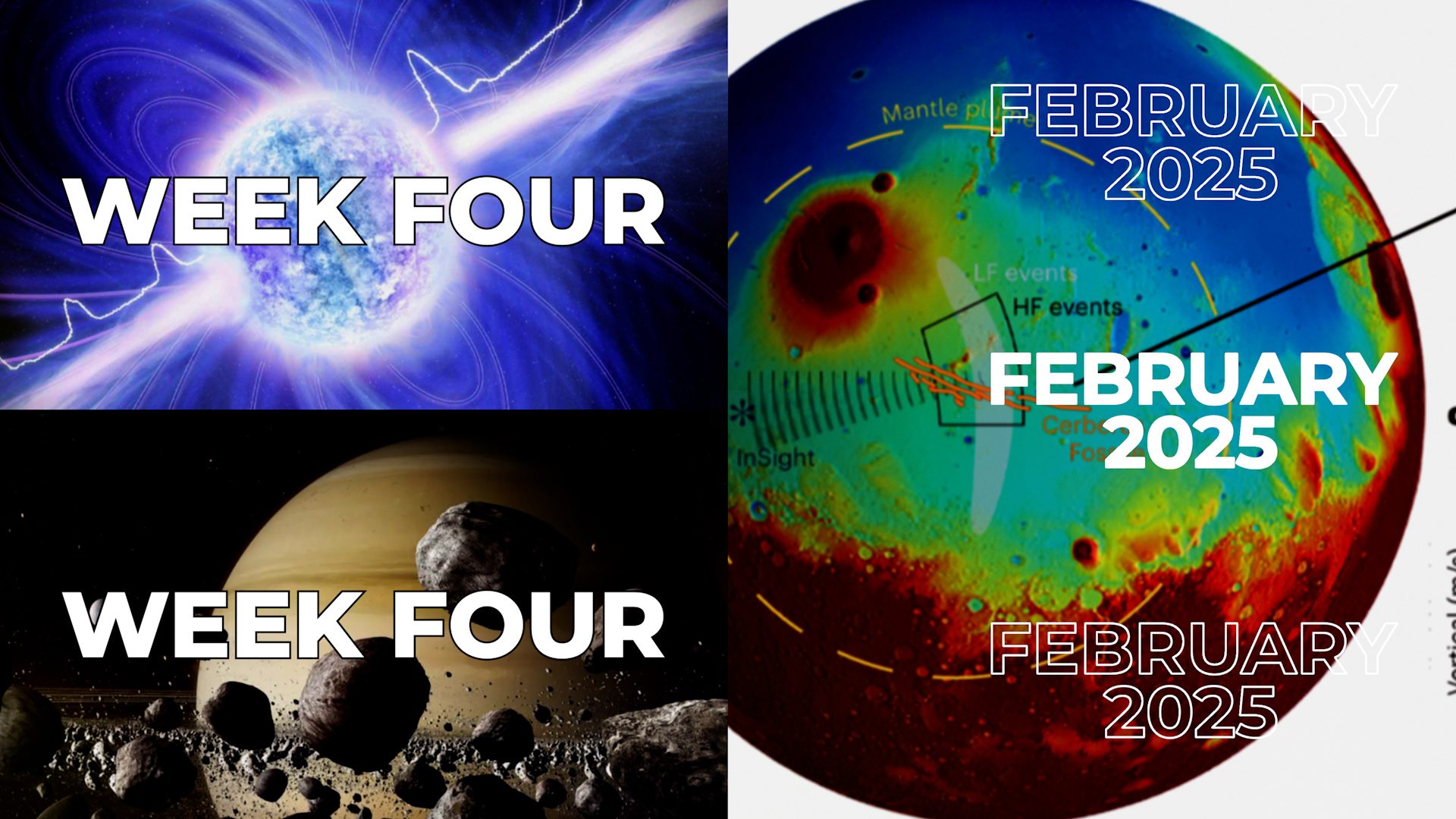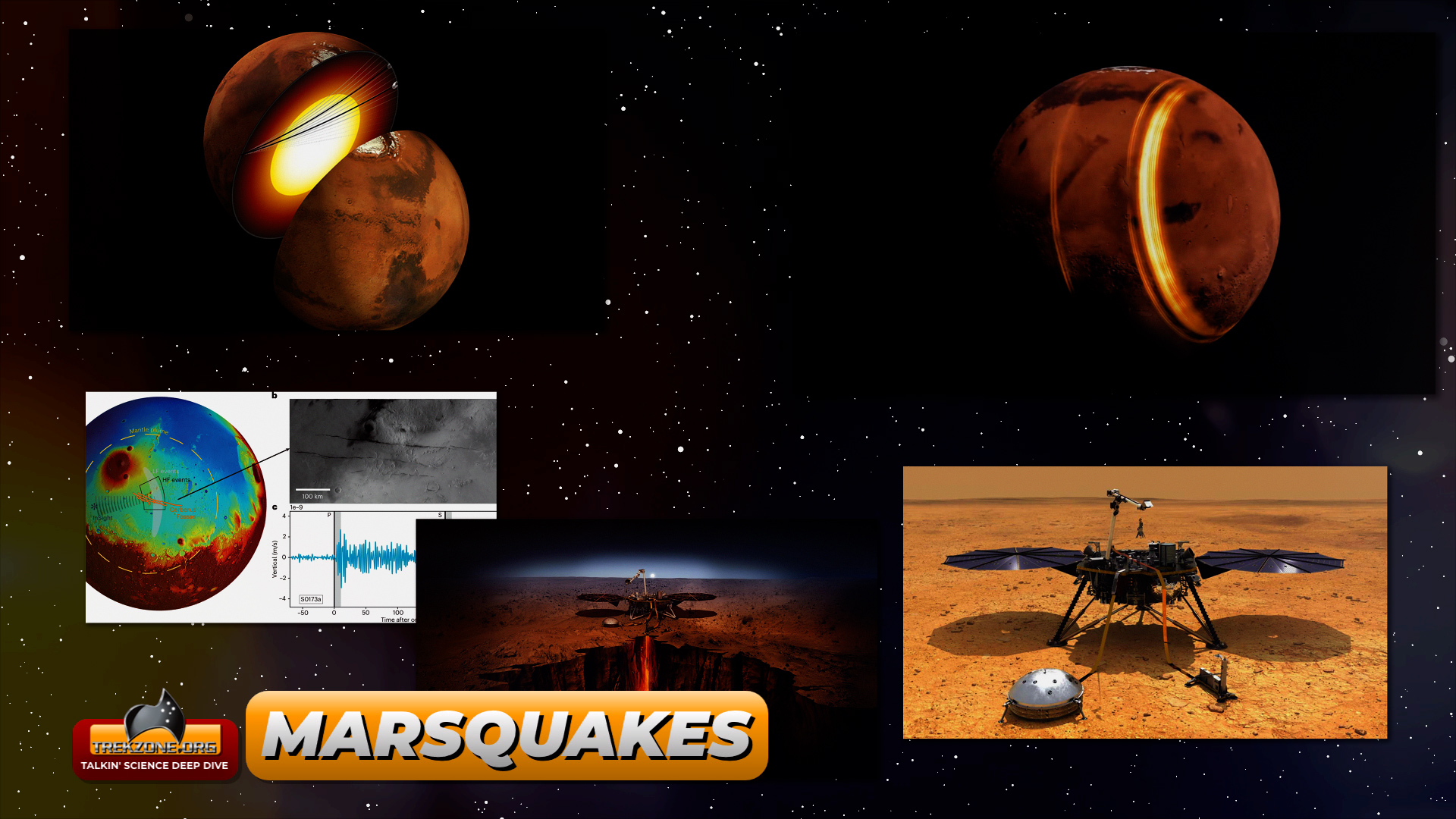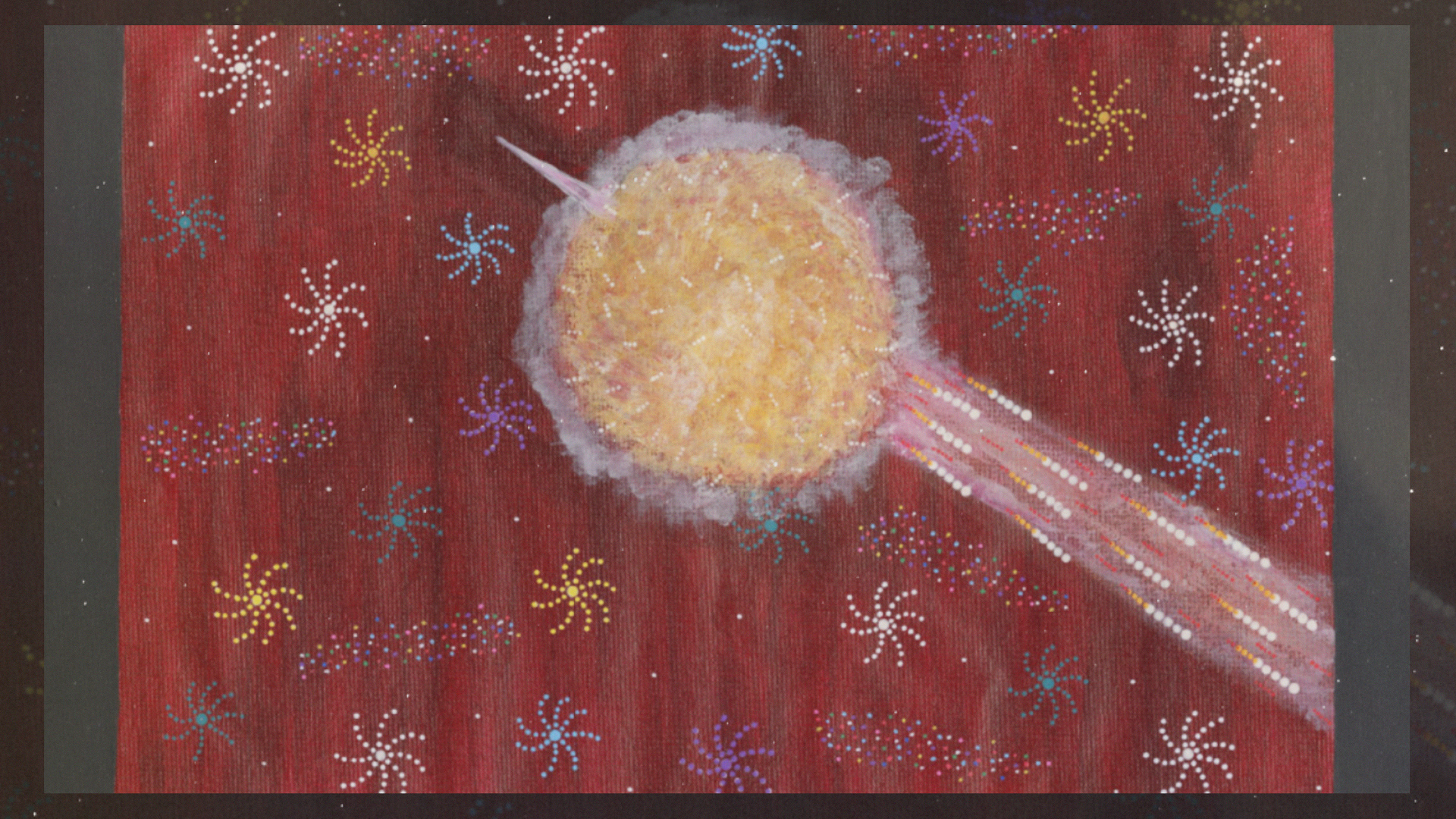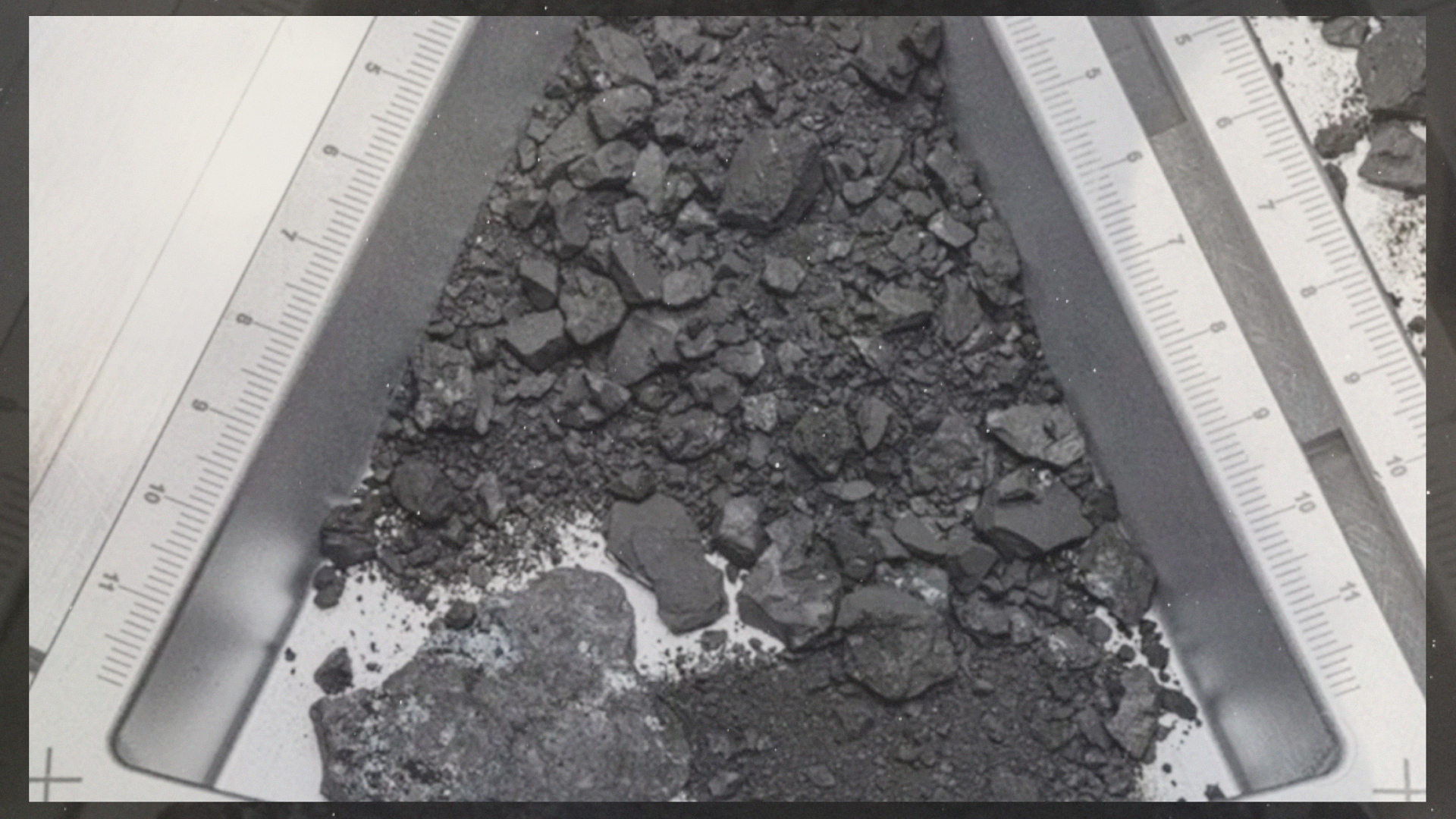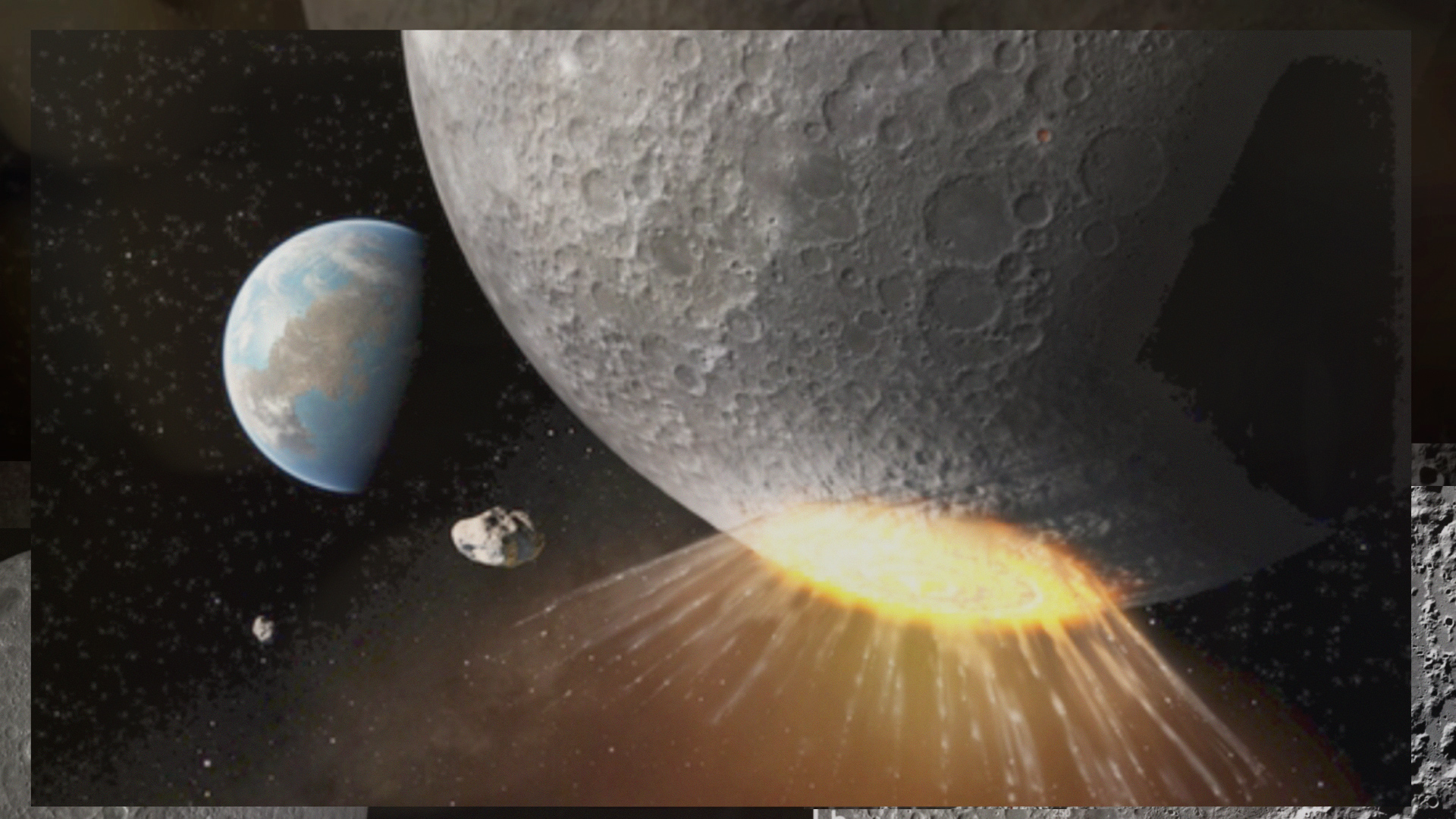Hubble has found some pretty good evidence that there is a salt water ocean on Jupiter’s largest moon. It’s thought that the subterranean ocean has more water than all the water on Earth. of course, finding liquid water is crucial in the search for habitable worlds beyond our own and for the search for life.
Ganymede is the largest moon in the solar system with its own magnetic field, which cause aurorae – similiar to those here on Earth. Because Ganymede is close to Jupiter, it also shares the planet’s magnetic field which causes the Ganymede aurorae to “rock” back and forth.
Scientists estimate the ocean is 100 kilometers thick, which works out to be 10 times deeper than Earth’s oceans and is buried under a 150 kilometer crust of mostly ice.
Joachim Saur of the University of Cologne in Germany led a team of scientists who came up with the idea of using Hubble to learn more about the inside of the moon. “I was always brainstorming how we could use a telescope in other ways,” said Saur. “Is there a way you could use a telescope to look inside a planetary body? Then I thought, the aurorae! Because aurorae are controlled by the magnetic field, if you observe the aurorae in an appropriate way, you learn something about the magnetic field.”
– Joachim Saur.
NASA’s Hubble Space Telescope celebrates 25 years on April 24.

